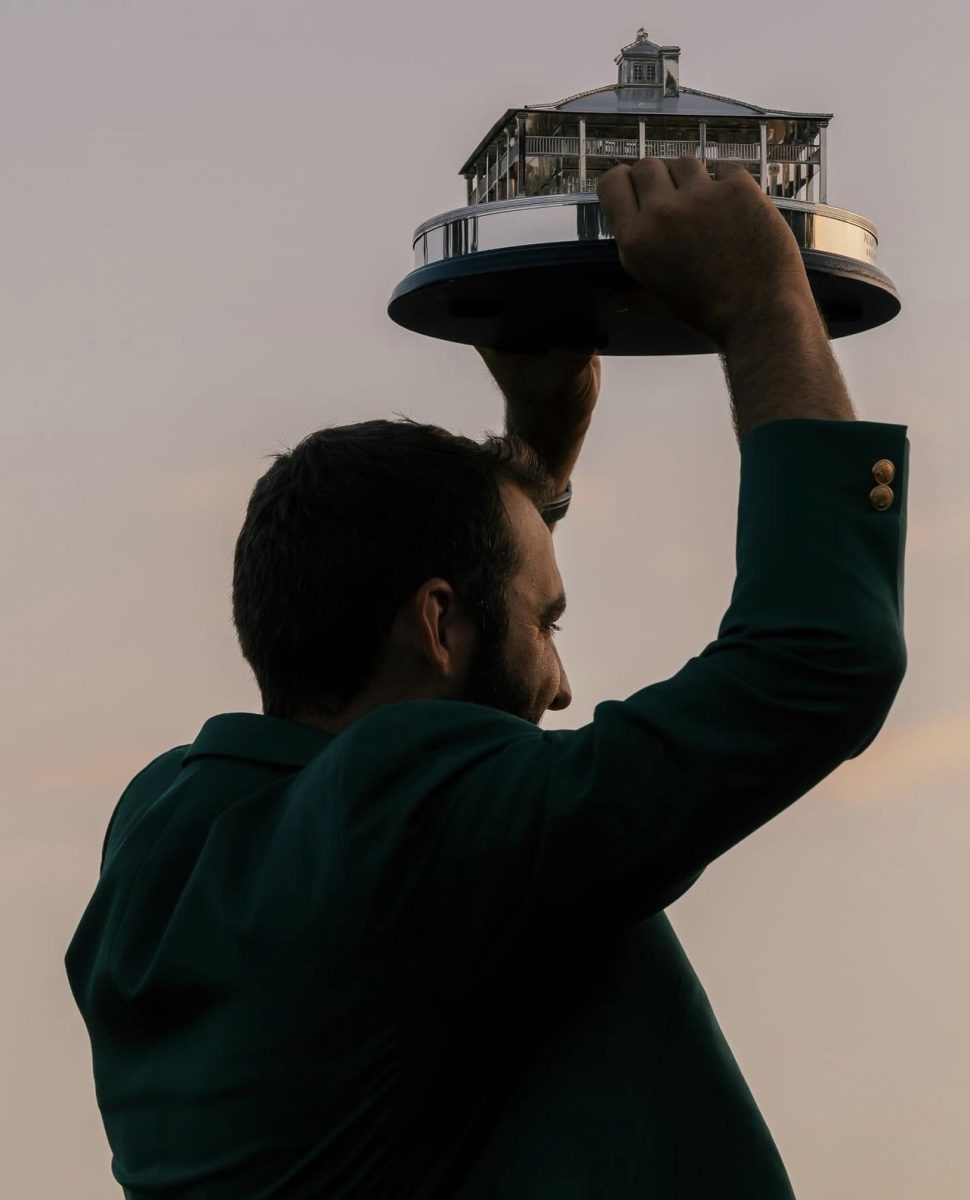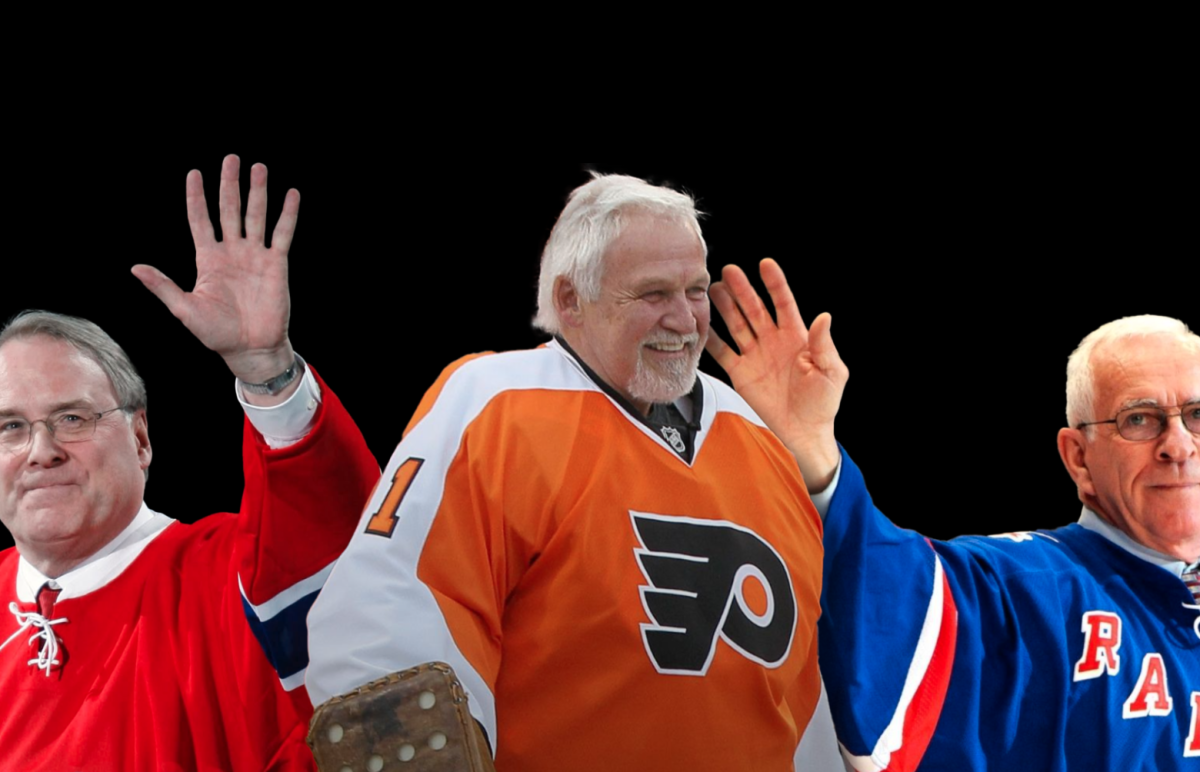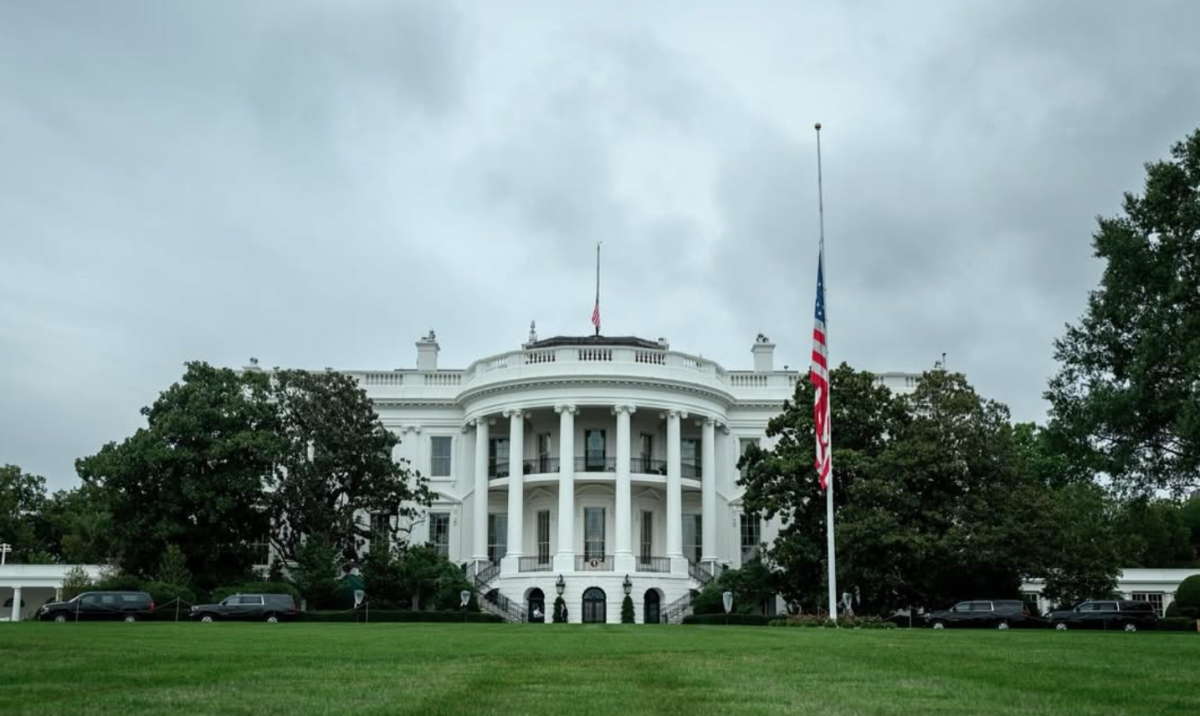Golf, by nature, is about stepping back. Some play for leisure, others are more competitive, but all share the common bond of playing a game that never seems to have an end. For the Masters Tournament and golf as a sport, Augusta National is that end. To make a cross-sports reference: when you’re playing basketball or baseball growing up, you imagine an NBA Finals or March Madness game-winning shot or walk-off homerun in Game 7 of the World Series. For golf fans, you grow up imagining draining a six-foot putt at Augusta. Putting the best golfers on the best course in the world is a yearly reminder of how difficult the sport truly is, what it means to wear the green jacket and how the Masters is truly a reunion like no other.
Scottie Scheffler took home his second green jacket in three years at the recent 88th Masters. Scheffler entered ranked as the world number one looking to defend his title. To begin the week on Thursday, Scheffler got his first round started without much friction, as he played amazingly, posting a bogey-free 66 with six birdies. The only person ahead of Scheffler at this time was Bryson DeChambeau, who shot an opening round seven-under, which was good for his best start in a major and his lowest at the Masters. For a good amount of time, it looked as though the two could rival each other the whole way. On Friday, Scheffler saw his first real trouble, where he bogeyed holes five, seven and 13 en route to an on-par 72 for his second round. Scheffler sat atop a three-way tie at six-under with Bryson DeChambeau and Max Homa going into Saturday. As the tournament went on, Homa finished at its conclusion in a three-way tie for third, whereas DeChambeau, who was the leader of the pack after day one, faded as time went on. Regardless, the moving day saw a lot of that for Scheffler, as he was able to save what could have been a tragic Amen Corner turn on holes 11, 12 and the beginning of 13, where Scheffler double-bogeyed hole 10 and bogeyed hole 11, but saved it with an amazing eagle at the end of 13. Scheffler got onto the green in two and then sank a grandiose uphill putt. With the crowd behind him, that momentum would push Scheffler to finish the rest of Saturday with a bogey and two birdies going into Sunday seven-under.
Scheffler roared into Masters Sunday with a birdie on hole three, and bogeys on holes four and seven but bounced back with birdies on six of the seven remaining holes. As he made the turn between holes nine and 10, the sense of Scheffler wanting to leave the rest in the dust was tangible. Scheffler would go on to win with a final score of 11-under, but there were many moments where it did get close between Sweden’s Ludvig Åberg, (-7) the Texas Tech product who finished sole-second behind Scheffler at his first-ever Masters and has all the tools to be a future No. 1 himself at just 24 years old. American Colin Morikawa surged at times and finished tied for third at four-under, but his world-class iron game was not on display this year. Max Homa played some really great golf, finishing in that tie for third (-4) along with the Englishman Tommy Fleetwood (-4), who got better as he went along but ran out of steam with a double-bogey on hole two on Saturday and bogeys on 14 and 15 to close out Sunday. The consistency in golf is truly what separates the sole winner from the rest at the Masters and why the winner of the green jacket gets immortalized in golf forever.
Tiger Woods, who’s won five green jackets, made the cut for the 24th straight Masters, which was a record. Even with his lack of actual golf time played through various recent injuries or illnesses, there were a lot of hopeful eyes on Woods mainly because of his magical Masters win in 2019. Woods would post an opening round 73, followed by a 72 to make the cut at +1 going into Saturday. Unfortunately for Woods, moving day went south, as he had eight bogeys and two double-bogeys for a Saturday score of 82. Woods finished +16 over par. Regardless of the golf, it was great to see Tiger still competing in his recent conditions. It is a yearly reminder of how difficult the sport truly is and how the Masters itself is truly a reunion like no other.







































































































































































































